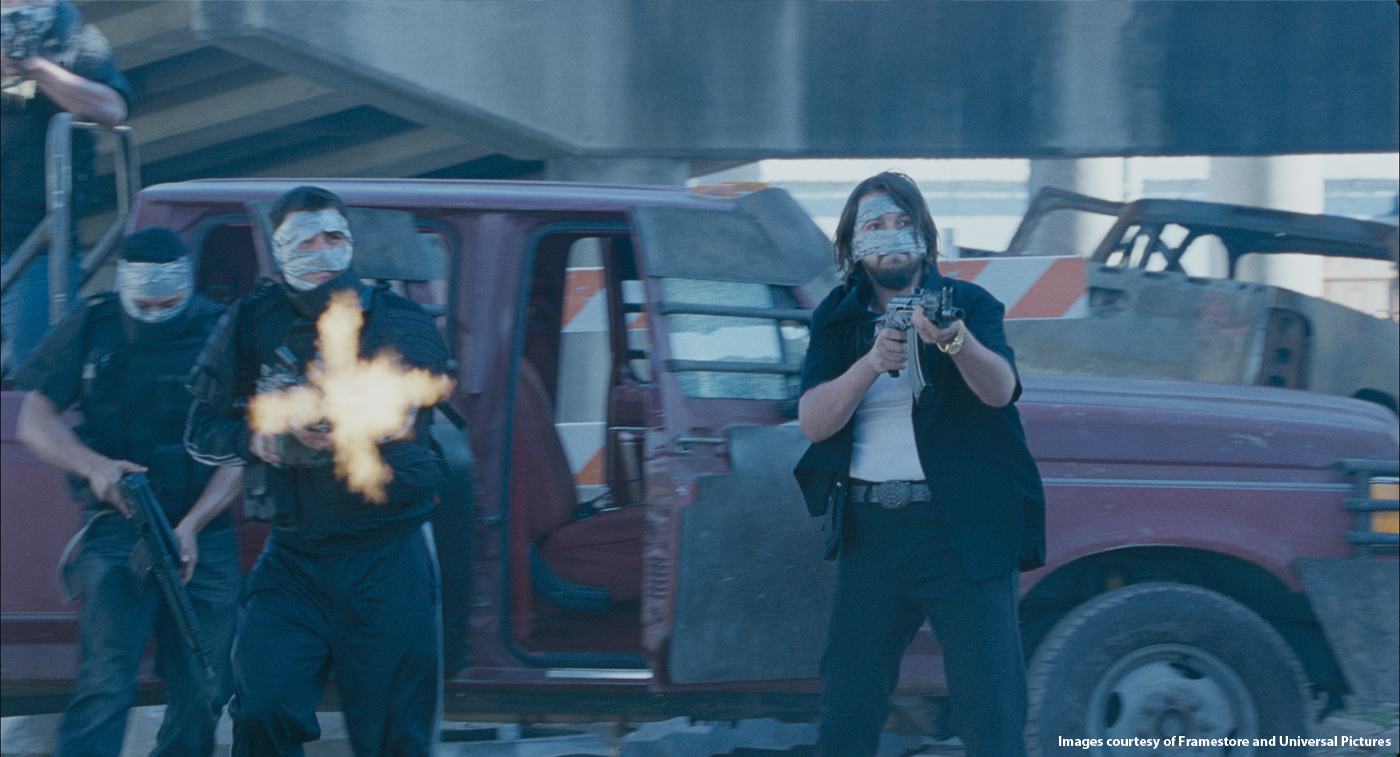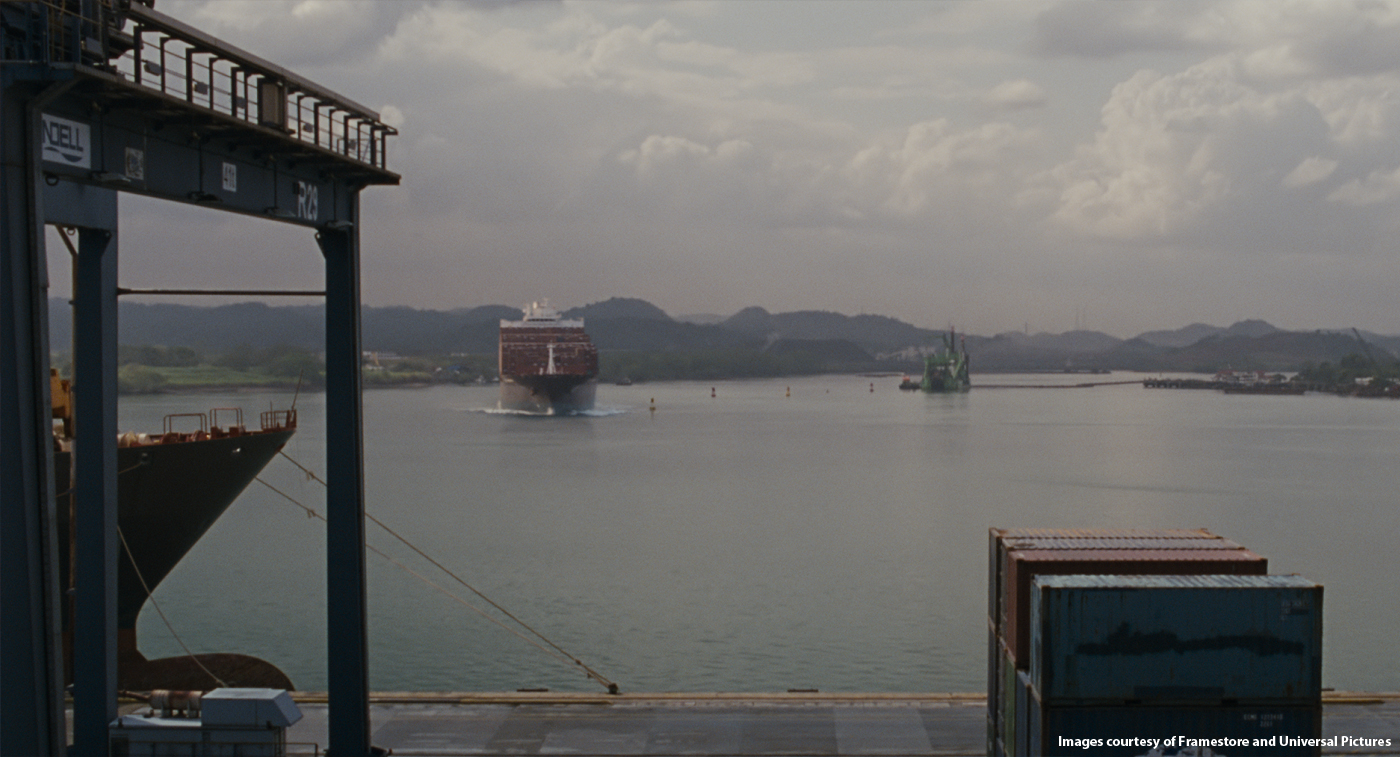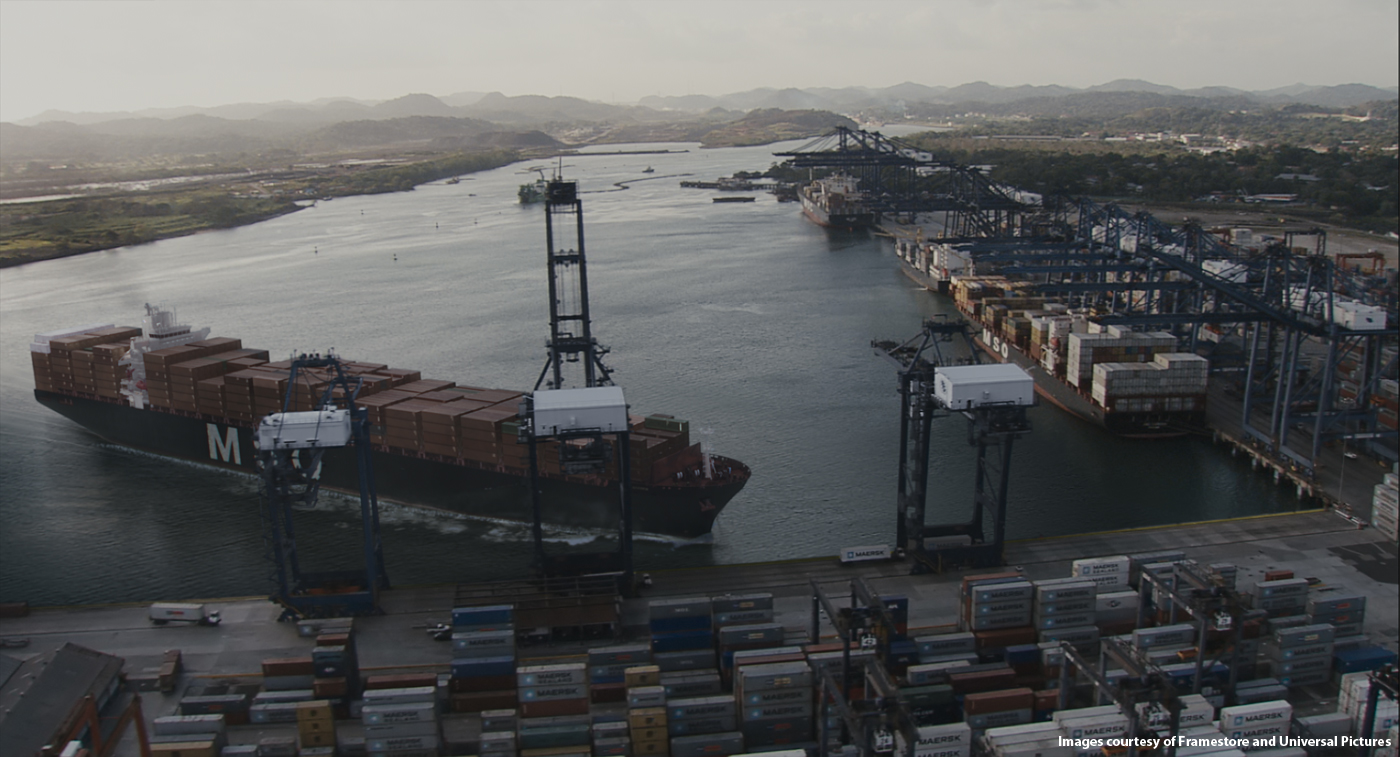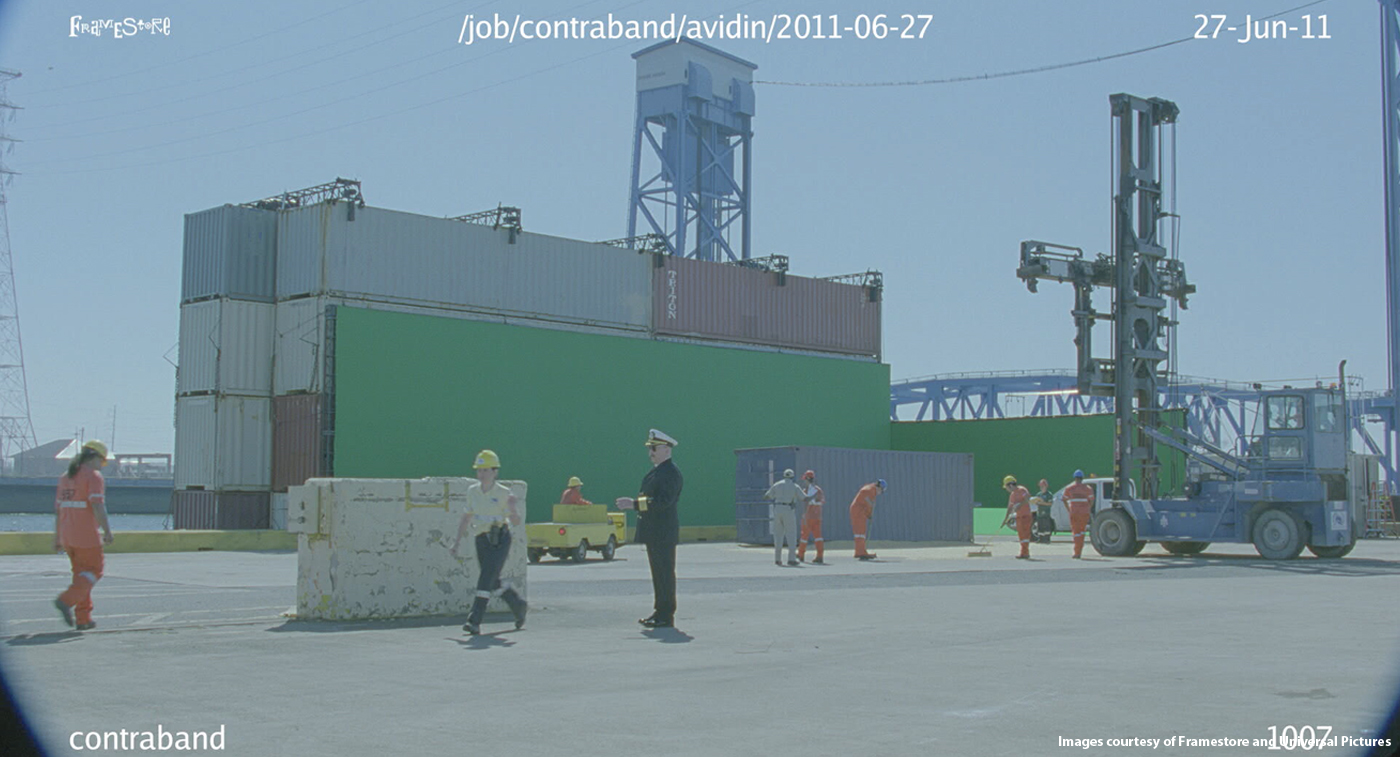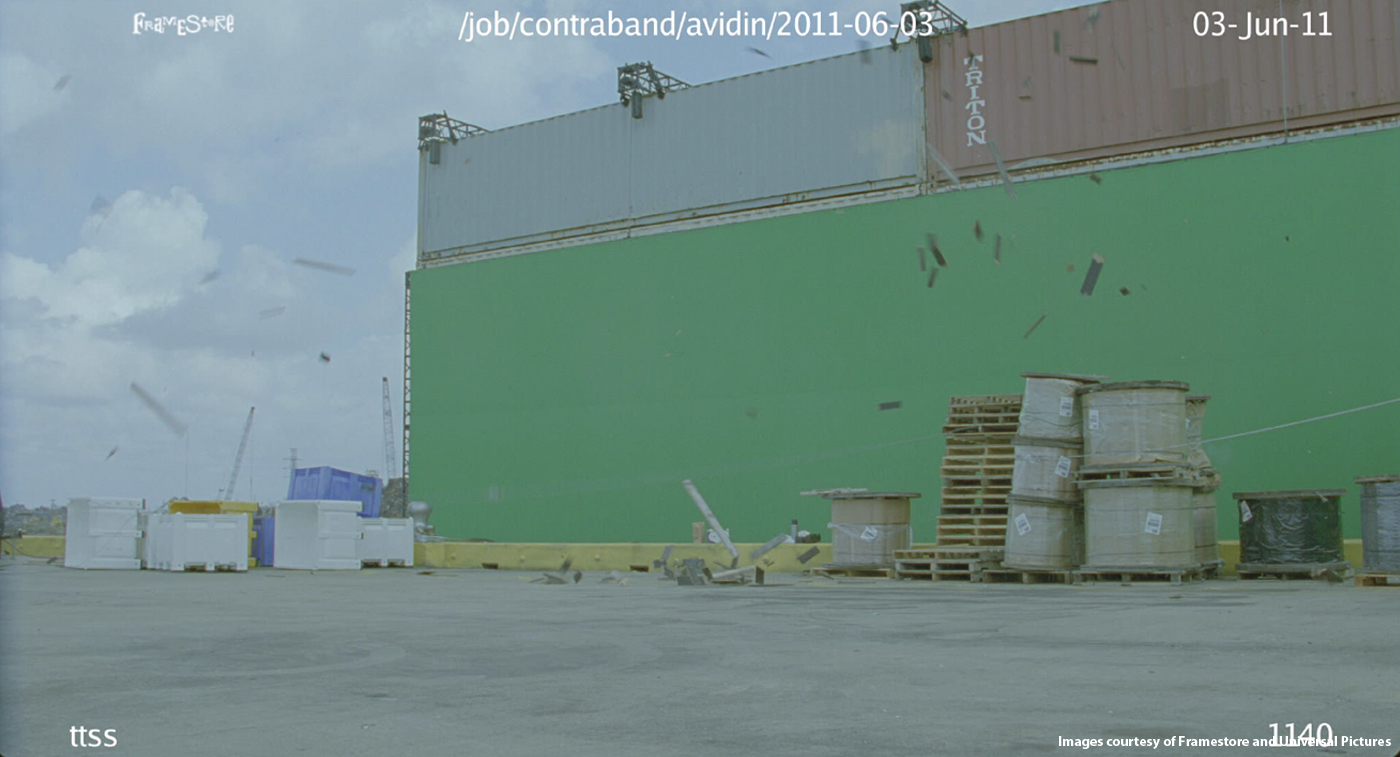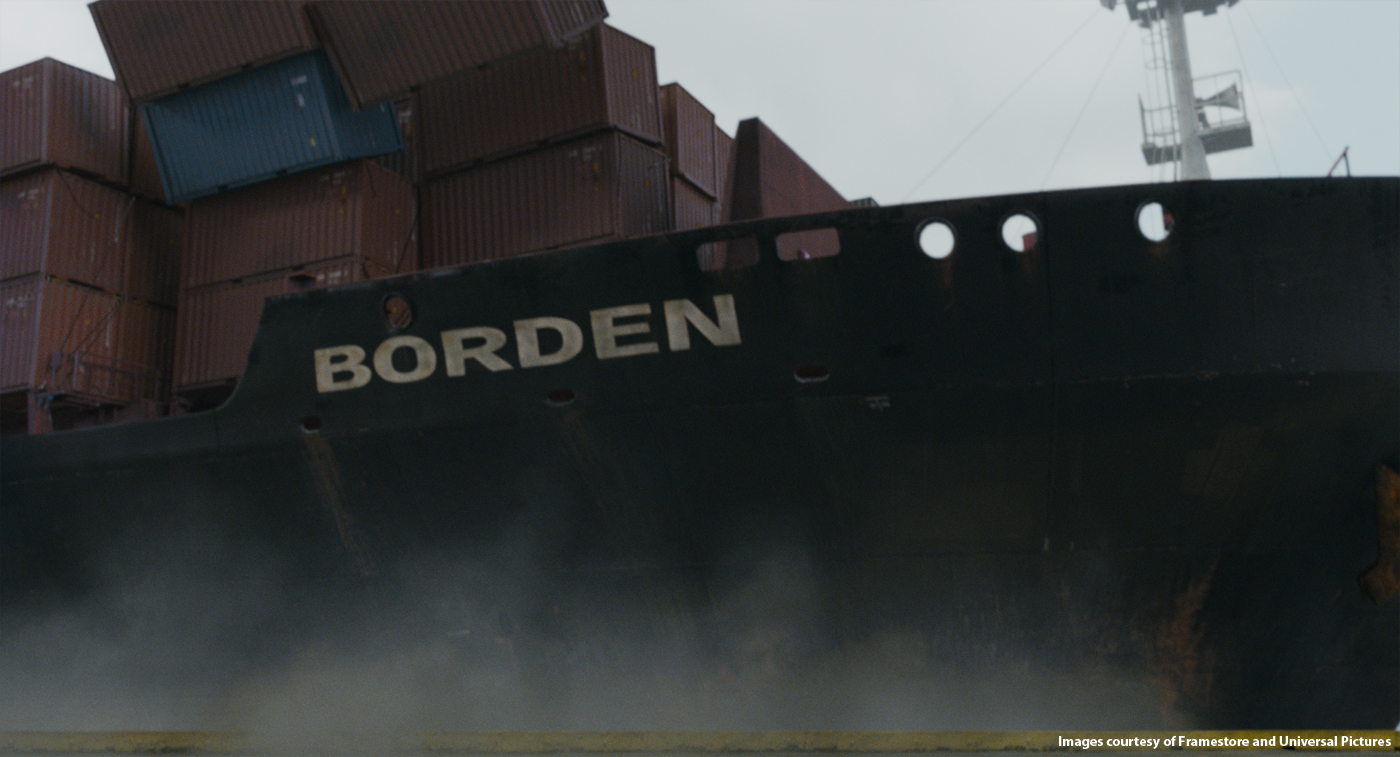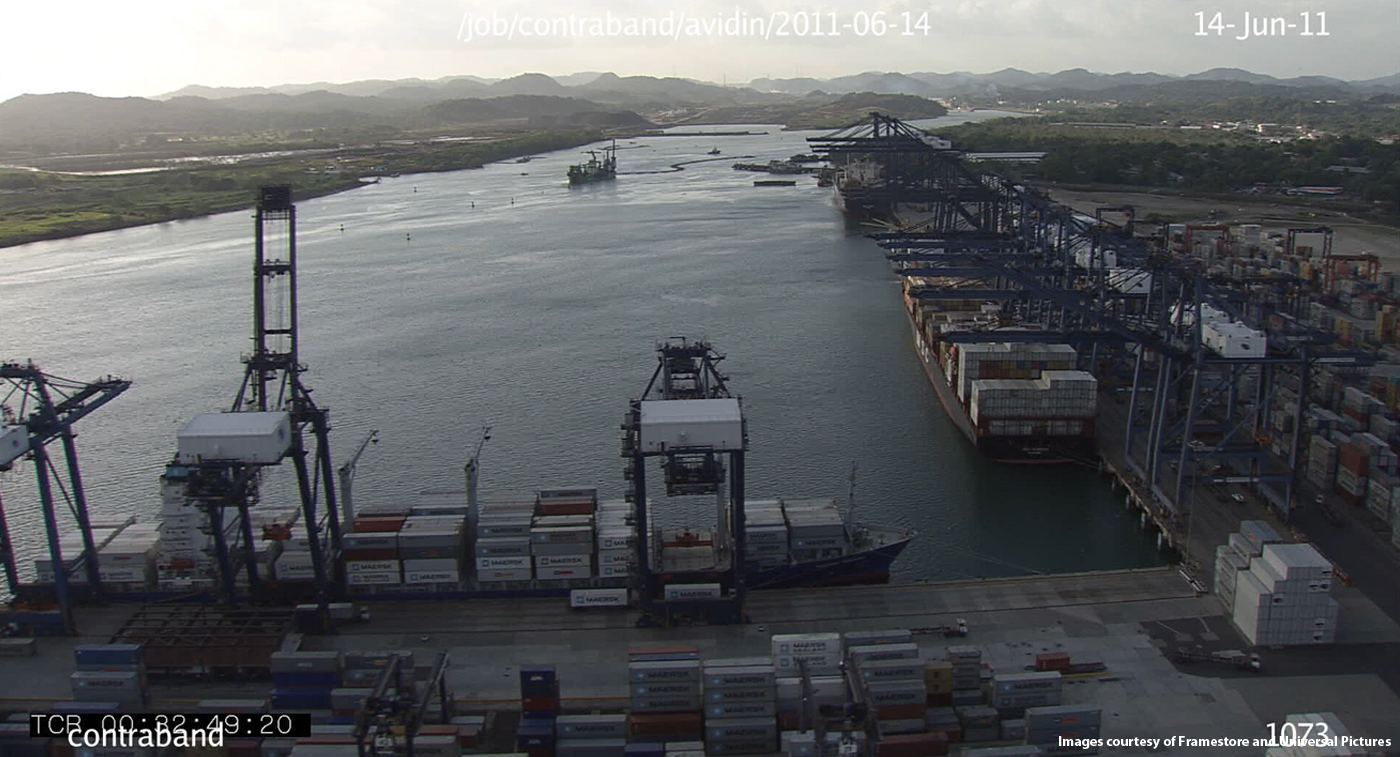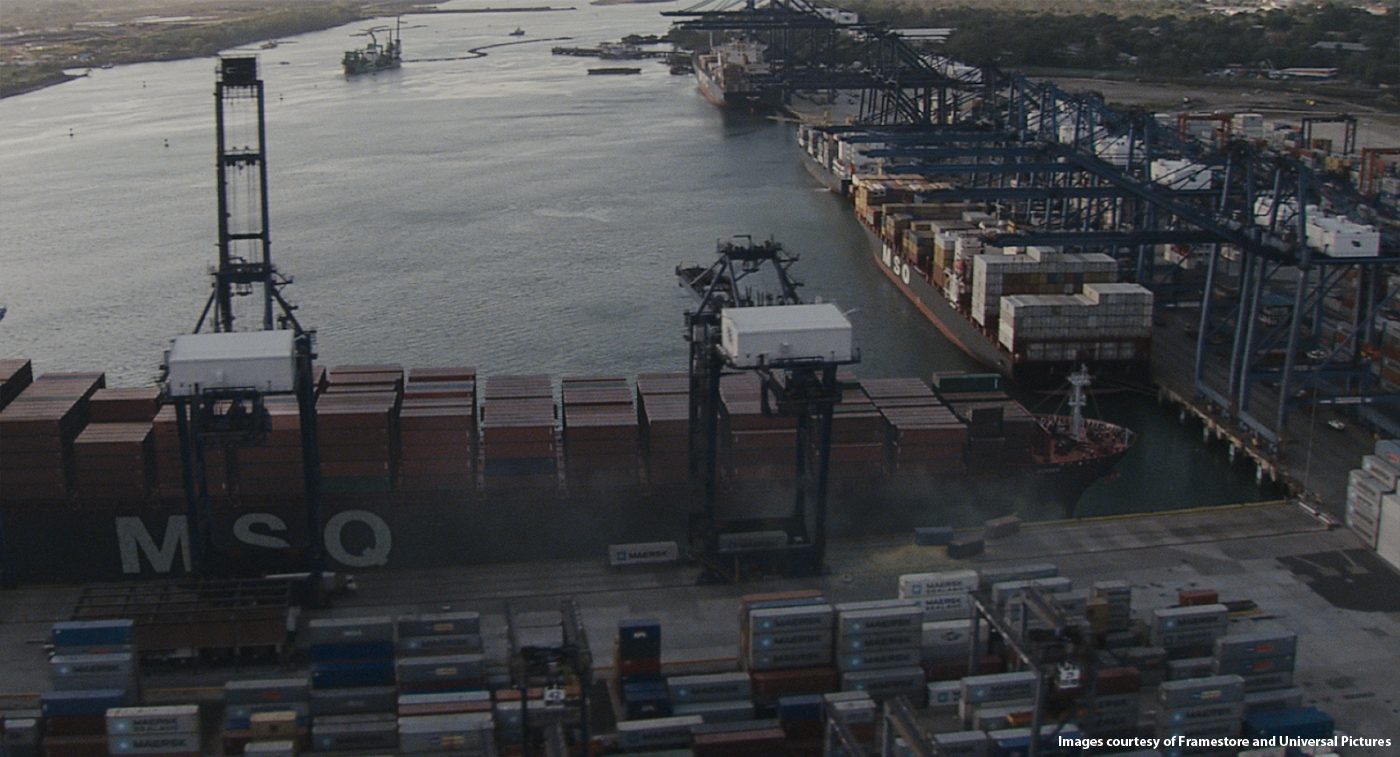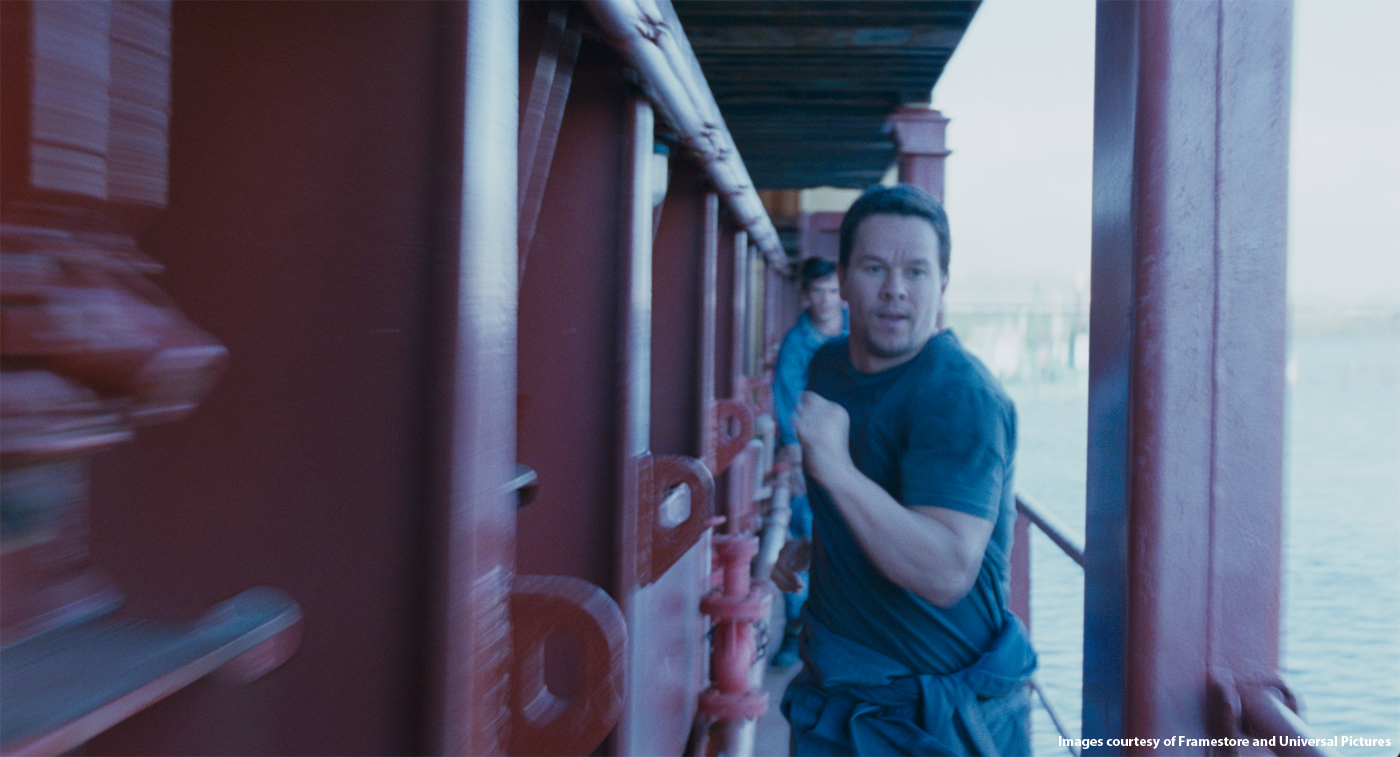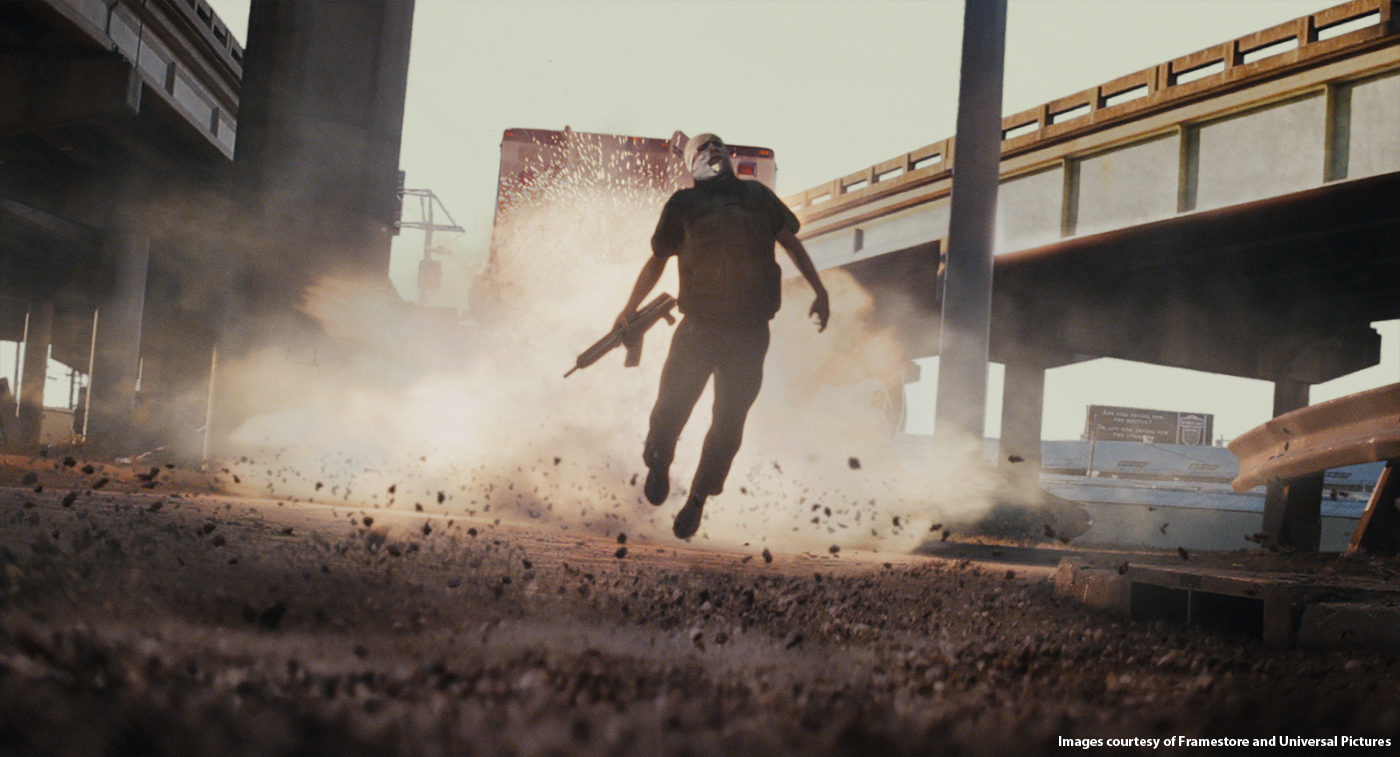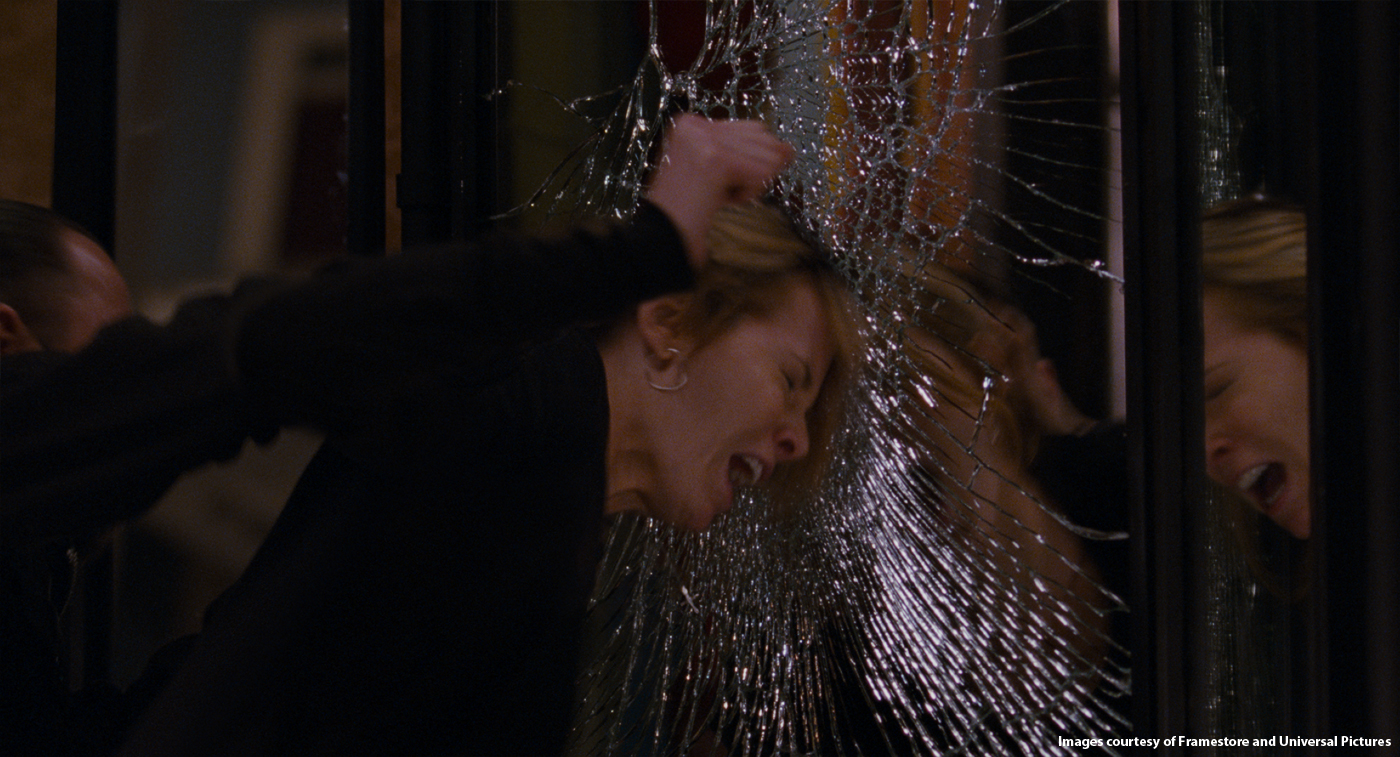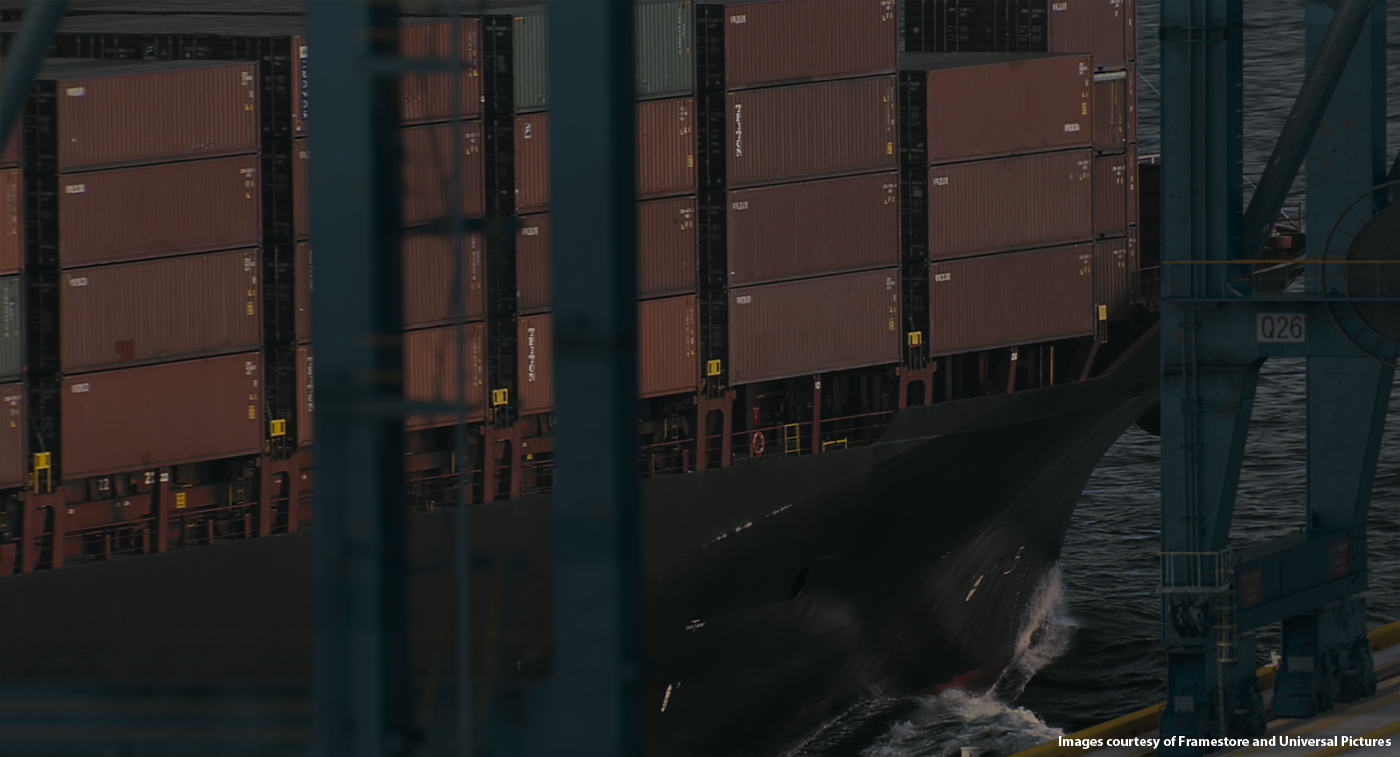Dadi Einarsson has over 20 years experience in the VFX. He started in Iceland before moving to London and New York. He has worked at The Mill and Framestore for projects like AUSTRALIA, SHERLOCK HOLMES or CLASH OF THE TITANS. In 2008, he returned to Iceland and founded Framestore Iceland.
What is your background?
I have 20 years experience in VFX, starting out in Iceland in 1992 then moving to London in ’98 and NY in ’03. My work has mostly been with Framestore and The Mill where I have been animation and vfx supervisor on several films and commercials. In 2008 I came back home to Iceland and 6 months later opened Framestore Iceland.
Can you tell us more about Framestore Iceland creation?
We opened in the summer of 2008 and have built a team of really good artists working on a wide range of vfx. We have created some stunning volumetric nebulae in Houdini for the MMO Eve Online, animated a cattle stampede for the Baz Luhrmann’s AUSTRALIA, created a capstan that destroys a shipyard in Guy Ritchie’s SHERLOCK HOLMES and put together some tricky comps for TINKER TAILOR SOLDIER SPY to name a few. On the commercials side we’ve recently made a CG pegasus made of smart phones for Huawei and just finished a photoreal dancing hamster for Gem 106 radio station. We’re situated right in the middle of Reykjavik in amongst the hustle and bustle of bars and restaurants.
How did Framestore Iceland got involved on this show?
Director Baltasar Kormakur is Icelandic and was interested in collaborating with us on his film. Framestore has a very good working relationship with the film’s producers Working Title so all the pieces came together.
How was the collaboration with director Baltasar Kormákur?
It was absolutely fantastic. He had every confidence in us doing a good job so the experience was very collaborative. When he had storytelling needs that were difficult or impossible to shoot we would discuss whether there was a way to achieve it in vfx and then go ahead with what we agreed was the best approach.
What was your approach on this show?
Our approach was to respect the cinematography and storytelling style that Baltasar and DOP Barry Ackroyd had created. What was foremost in our minds was to make every single visual effect in the film totally seamless and in the style of the rest of the film. You can make the best CGI and comp in the world but if it feels different to everything else in the film then it will be conspicuous and therefore will have failed.
What have you done on this show?
There were around 220 vfx shots in the film including a fully CG 300m container ship crashing into Panama harbor, a CG shipping container crashing from the ship, a CG ‘claw’ that hoists the containers onto the ship, some CG rats, a lot of green screen shots for car crashes and location changes, Kate Beckinsale having her face smashed into a mirror, muzzle flashes and blood spurts.
Can you tell us in details the recreation of the Container Ship?
The CG container ship was needed after it became clear that they couldn’t shoot around the issue. There had been talk of shooting plates and putting the crash together in comp but once the edit started to come together it was obvious we needed to build the ship in CG. There are a bunch of aerial shots of several similar ships in transit taken from helicopter. These were the same type of vessel but had different markings and a completely different container load out, so we had to change those with CG containers and paint out and replace the markings on the ship to make them all look like the same ship.
For the crashing into the pier on set we shot a plate of some air mortars and boxes exploding on the pier with a green screen behind. In the end we used a still of the pier, painted out the exploding practical elements and animated the CG ship hitting the pier, adding both CG and practical smoke and dust elements as well as a CG gantry crane.
How did you take your references materials for it?
VFX Supervisor Aron Hjartarson was on set and shot HDRIs in all locations as well as hundreds of stills for reference of the type of ship which were docked in Panama harbor. We built up a pretty big library that we were able to draw from.
Can you tell us more about its interaction with the water?
For the wakes we used CG particles, a displaced surface for the bow wakes and footage of real wakes we shot from helicopters stabilized and pinned to a CG surface around the ship. Comp supervisor Janelle Croshaw did a great job of piecing it all together to sell the shots.
One impressive wide shot is showing the Container Ship about to hit the dock. What was the challenge with it and how did you create it?
The plate we used was some aerial footage shot on digital (there were several different formats used for 2nd unit although all principal photography was 35mm). The footage had to be reversed and re-timed and lots of people and fork lift trucks milling about on the pier painted out. There wasn’t any space for our ship to hit the pier so we had to paint out two ships that were docked and behind some big blue gantry cranes, so quite tricky. We then had to recreate the sea where the ships had been. While the ship animation was obviously quite simple we had to hit a fine line between making its trajectory a believable turning arc but still exciting enough to sell the sequence. Adding the bow wakes and was quite difficult but absolutely essential to selling the shot. Then replacing the sky and grading it away from its digital colorspace to look like film made it feel like it belonged with everything else.
Have you created some matte-paintings especially for the Panama Canal and the city?
There were several shots where we made dmp composites. For instance all the shots where we see Mark Wahlberg and Lucas Haas on the ship with Panama in the background were shot in New Orleans, so we had to create Panama matte paintings, roto the actors and put behind them. Likewise, everything seen from the ship’s bridge was shot in New Orleans so all view out of the windows were comps. Aron and I went around Panama and shot as much coverage as we possibly could in.
The movie features some car crash shots seen from inside the car. How did you create these shots?
All the car crashes were shot on a green screen stage with the actors in a car on a gimbal rig in order to create the roll. Depending on the shot, we then shot plates either of a stunt car crashing into the camera on a truck or used plates or stills we shot of the location which we animated to give the feeling of the world rolling by outside the windows.
Are you involved on the extreme slow-motion shots during the van attack?
The Phantom footage of Mark Wahlberg and Lucas Haas in the car was all in camera against green screen, so in that instance we simply changed the background.
In the shot where the van explodes we had only some very limited footage shot on a Canon 7d from which to create a Phantom style shot, which wasn’t going to work so we decided to build the shot from the ground up. We had the exploding van element which Janelle retimed with optical flow but then added several layers of fireballs, explosions elements and CG debris. We projected the background plate onto a CG version of the environment in order to be able to add a slight camera move to the whole shot. The guy getting blown off his feet went through several tries of manipulating a still to warping between several stills until in the end we built him in CG and animated him. We then added CG stones getting bounced off the ground by the shock wave.
How did you create the various background for the driving shots?
They were usually plates taken from a moving vehicle specifically for each sequence.
Did you add some atmospheric effects like the fog on the docks at the end of the movie?
No, that was all in camera. We did have to change the signage and container load out of the ship in that sequence so it wasn’t untouched.
Can you tell us more about the multiplication of the money packages on the river?
We built CG versions of the money bags, tracked the shots, and then used a combination of the CG moneybags and real ones which we roto’d out, re-timed, moved around and reused.
Is there any other invisible effects you want to reveal to us?
There was a shot where Kate Beckinsale gets her face smashed into a mirror. Obviously that couldn’t be done in any way shape or form in camera so Aron came up with a great way of shooting it by hitting her head into a soft, stretched out mylar canvas which looked very much like a mirror surface. We then smashed a mirror where her head would have hit it, lined her up with that same spot and shot her pulling away from the mirror. We had to do some roto and warping but the result looked convincing and made for a very violent shot.
What was the biggest challenge on this project and how did you achieve it?
I think the biggest challenge was piecing together the aerial ship footage, augmenting the ship and creating the CG ship and container shots that were missing in order to make a convincing and exciting sequence for the Panama Pier. We had the rushes of all the aerial footage to use as we needed either for reference, to use parts of or as the plate for a shot and then it was up to us to fill in a lot of the gaps and make the shots feel like they were shot by Barry Ackroyd.
There were other aspects which were difficult, for instance there’s a big gunfight where we added hundreds of muzzle flashes, squib hits, sparks and blood splats, but that was just sheer volume in a short time.
The main challenge overall was for us to be completely invisible and for every single shot we touched to feel like it was all in camera and for the film to never slip into the vfx genre. A lot of the comments I hear are « what visual effects? » which on a show like this is the best compliment.
Was there a shot or a sequence that prevented you from sleep?
The exploding van shot which ended up as CG was the very last shot we delivered and there wasn’t much sleep while that was in progress. It grew a lot in complexity and ended up as a big vfx shot.
What do you keep from this experience?
It was great fun to collaborate closely with the director and deliver a seamless product. We had a great spirit in the team and got really good feedback from the studio and everyone involved. The film being such a success was the icing on the cake.
How long have you worked on this film?
We started on tech scouts and meetings around new year 2011 and delivered the film in September of that year. From vfx turnover to delivery was just over 3 months.
How many shots have you done?
All vfx in the film, around 220.
What was the size of your team?
25 people.
What is your next project?
We’re currently bidding on a number of films. It wouldn’t be wise of me to name them.
What are the four movies that gave you the passion for cinema?
Wow, there are so many its difficult to name 4. I remember seeing BLADE RUNNER in the cinema when I was about 14 and thinking it was the coolest thing ever. I’m of the old STAR WARS generation so that kind of defined cinema and vfx for me. JURASSIC PARK blew me away when I saw it in the cinema as it was a real sea change for what you could achieve with CG. I think Kubrick’s BARRY LINDON is an amazing film and I love Lynch’s MULHOLLAND DRIVE.
A big thanks for your time.
// WANT TO KNOW MORE?
– Framestore: Official website of Framestore.
© Vincent Frei – The Art of VFX – 2012



